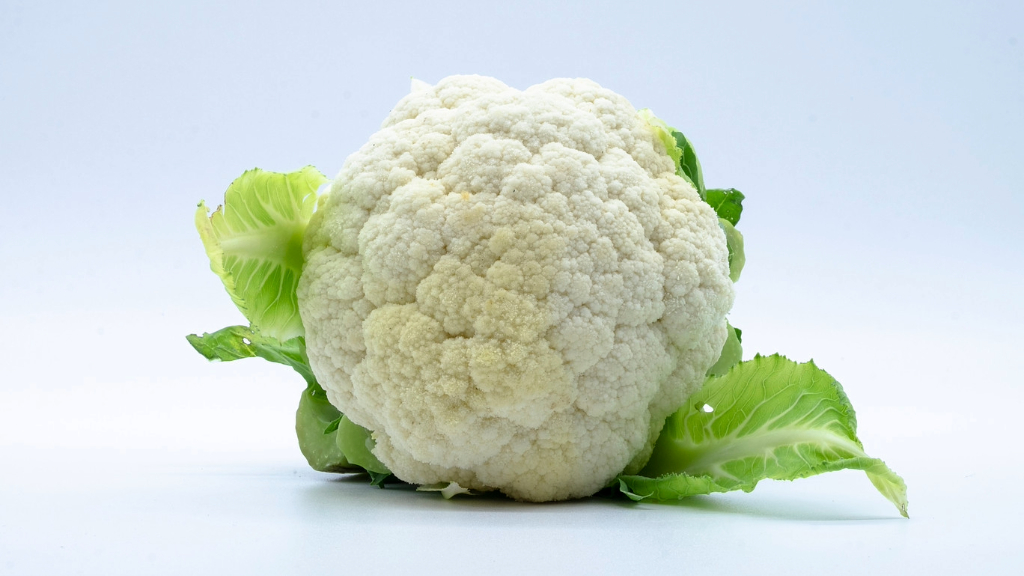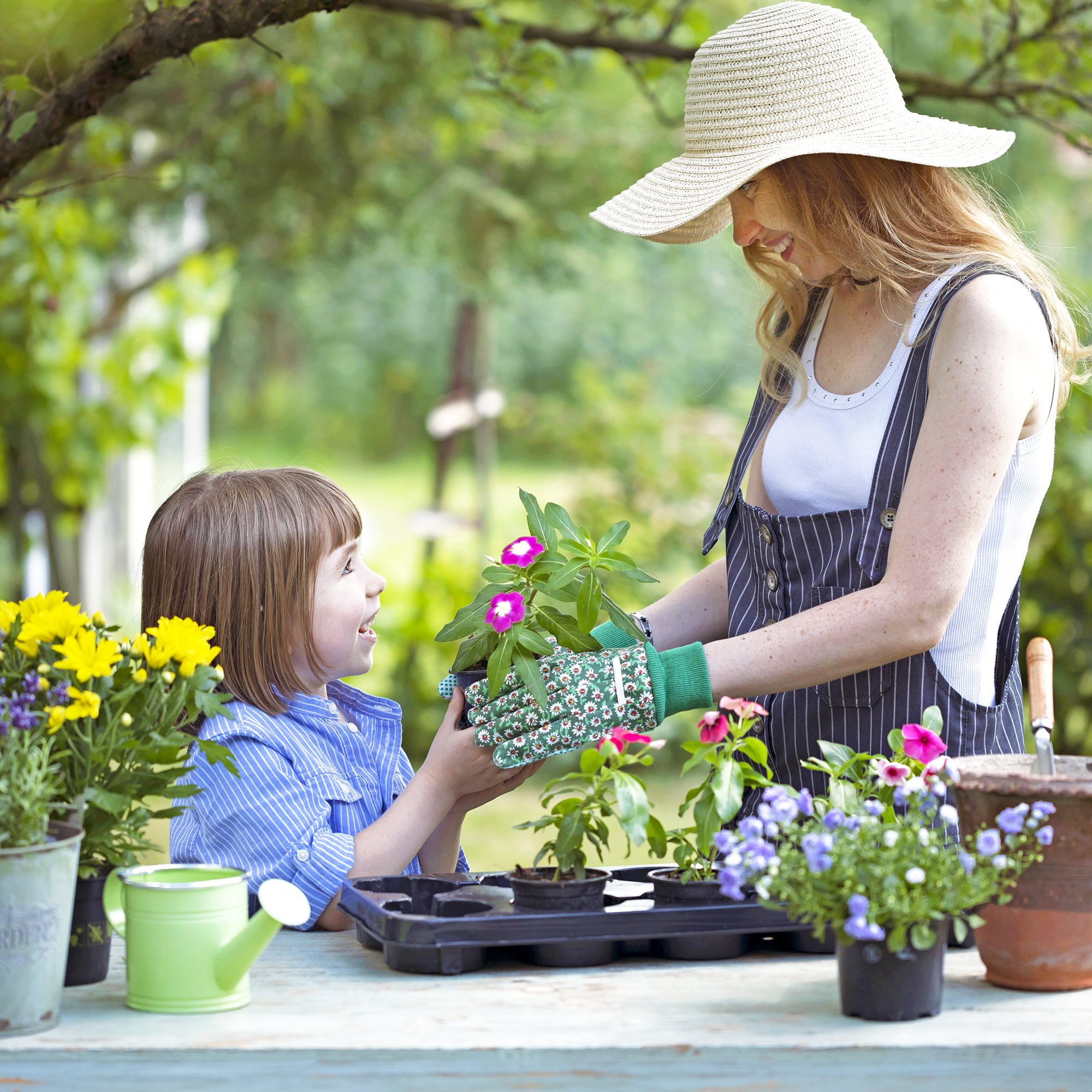Growing Early Snowball Cauliflower

Cauliflower is one of my favorite veggies. I love it roasted with garlic and lemon then finished with a light dusting of grated asiago cheese. An excellent heirloom variety for growing is the Early Snowball cauliflower, so named since it begins to mature just 65 days after transplantation. That's helpful to those of us who just can't wait to sink out teeth into this tasty treat.
Early Snowball Variety of Cauliflower
Early Snowball cauliflower plants were introduced by Peter Henderson and Company in the United States in 1888 where it became a popular varietal due to its beautiful, tightly formed heads and early harvest. The plants sport smooth 6- to 7-inch heads with compact white curds that are crisp, yet tender. I'm salivating already. Early Snowball variety (Brassica oleracea) grows well in most climates; however, it thrives in cooler weather, making it the perfect varietal for growing in my neck of the woods, the Pacific Northwest. It is well adapted for forcing or over wintering for early crops in warmer climes.
Growing Early Snowball Cauliflower
If you are lacking an extremely long growing season, Early Snowball needs to be started indoors. Start seeds 4-6 weeks before transplanting outdoors. Plant the seeds ¼ inch deep and provide them with bottom heat and an overhead grow light while keeping the soil moist. Germination should occur between 8-10 days. Harden off the seedlings prior to transplanting by placing them for short increments of time outside, gradually extending the exposure from a few hours to a full day and then overnight. Transplant 12 weeks before the average first fall frost so the heads will mature during cooler temperatures. If sowing directly outdoors, sow 1-2 weeks before the average last frost in your region in warm climates, or 10-12 weeks before the first fall frost. Sow seed in the early fall for winter harvest in USDA zone 8 or warmer. Seeds should be planted in groups of four, spaced 2 feet apart in rows 2 feet apart. Thin the seedlings when they are 2 inches tall. When left to their own devices, cauliflower heads tend to have a yellowish or greenish look rather than the snowy white that Early Snowball cauliflower is known for. For a perfectly white head, be sure to wrap them, also called blanching, with its own leaves to protect it from the sun, which will cause discoloration.
Gardening tips, videos, info and more delivered right to your inbox!
Sign up for the Gardening Know How newsletter today and receive a free copy of our e-book "How to Grow Delicious Tomatoes".

Amy Grant has been gardening for 30 years and writing for 15. A professional chef and caterer, Amy's area of expertise is culinary gardening.
-
 12 Mother’s Day Garden Gifts That Celebrate Moms Who Love To Grow
12 Mother’s Day Garden Gifts That Celebrate Moms Who Love To GrowAll Moms deserve to feel special on Mother’s Day, so treat her to a thoughtful gardening gift that helps her get the most out of her hobby.
By Melanie Griffiths
-
 Never Plant Seedlings Until They Pass These 3 Simple Tests
Never Plant Seedlings Until They Pass These 3 Simple TestsDon't be over-eager to transplant seedlings into the garden before they are ready. These quick and easy checks will help ensure flourishing plants.
By Mary Ellen Ellis